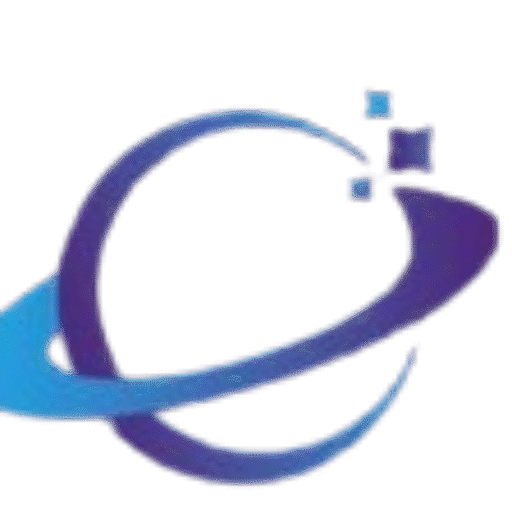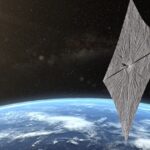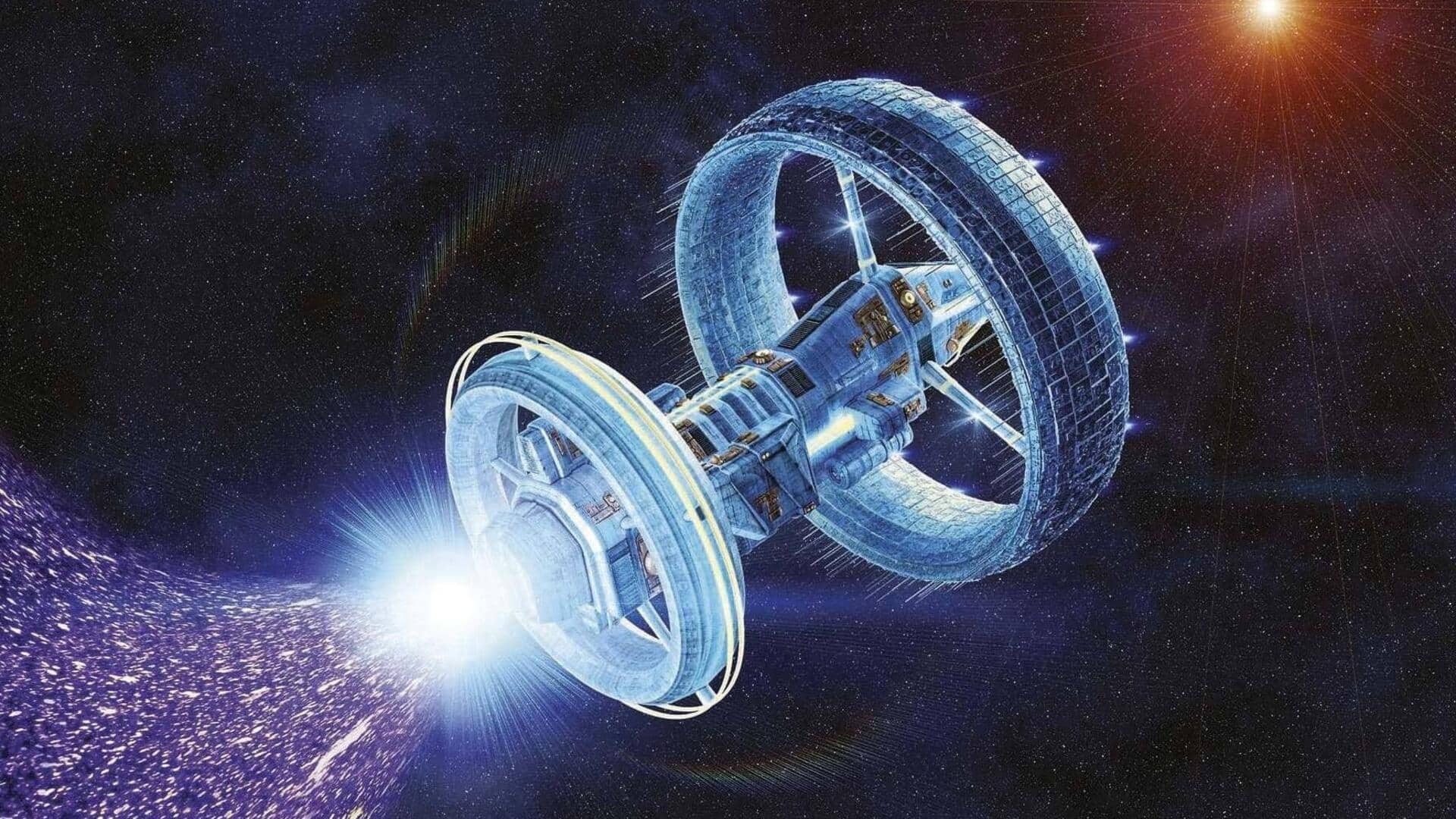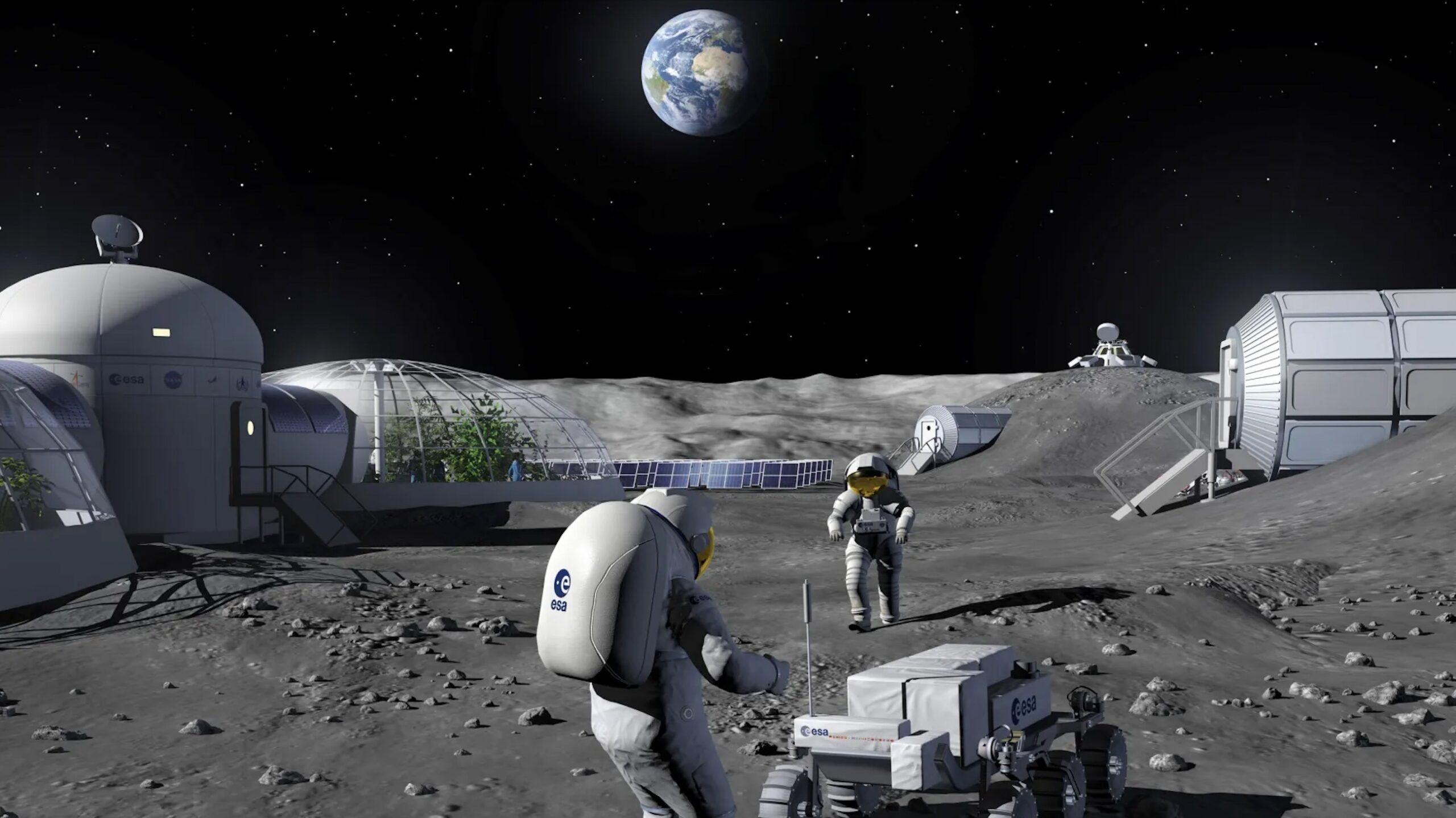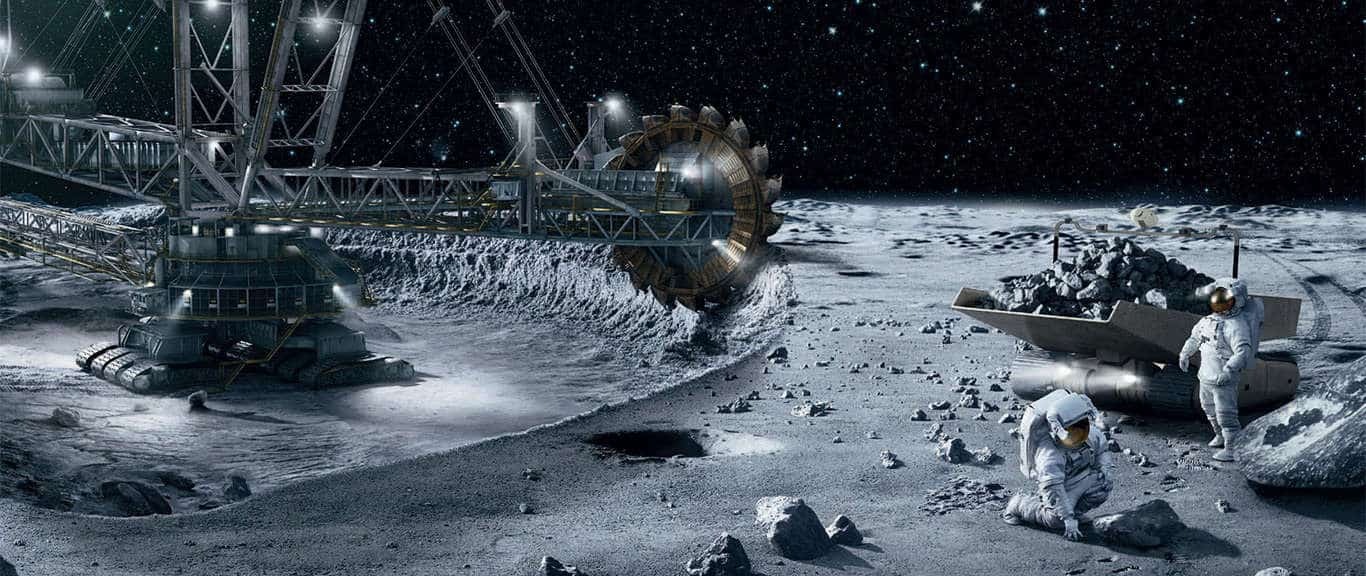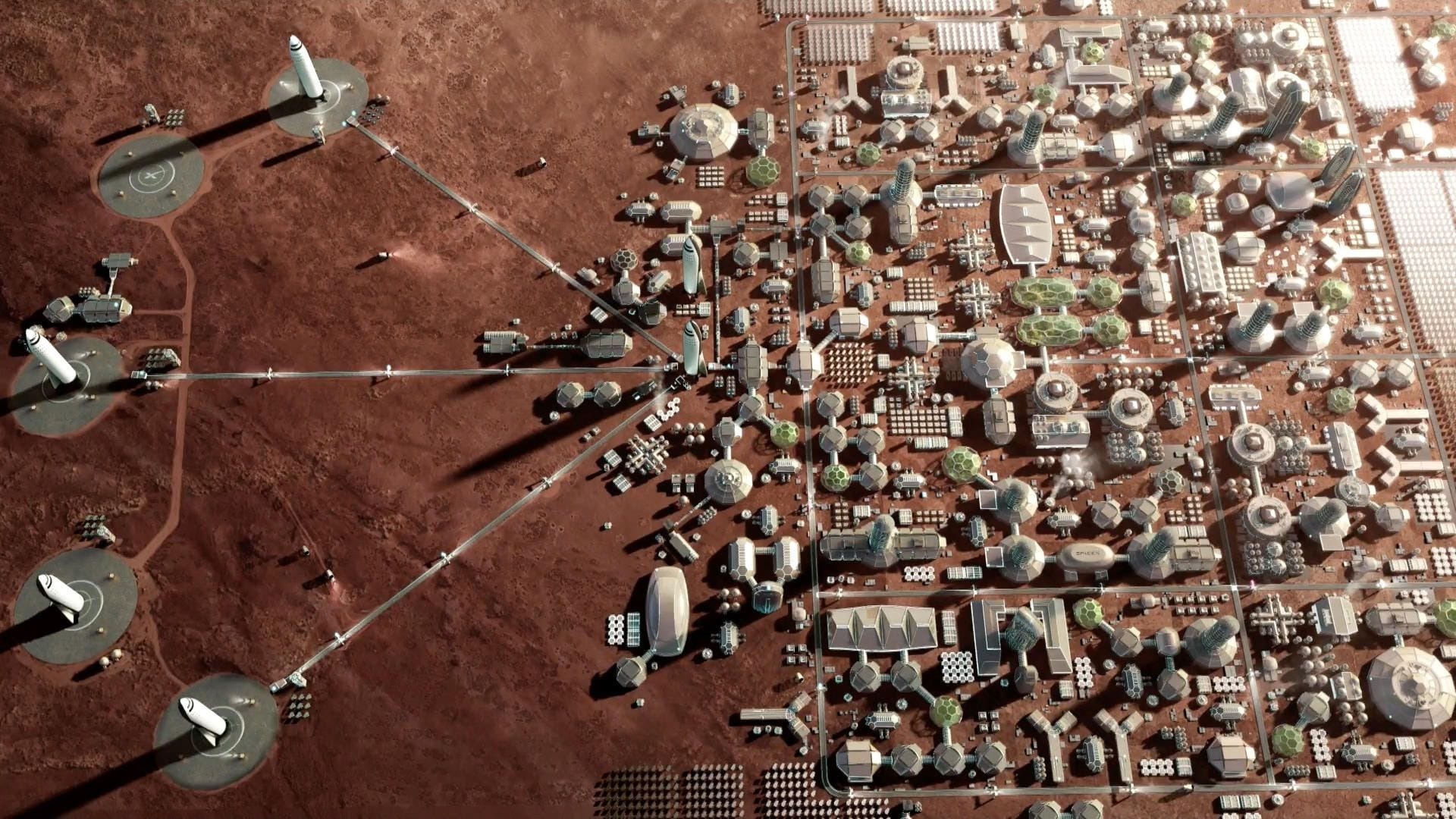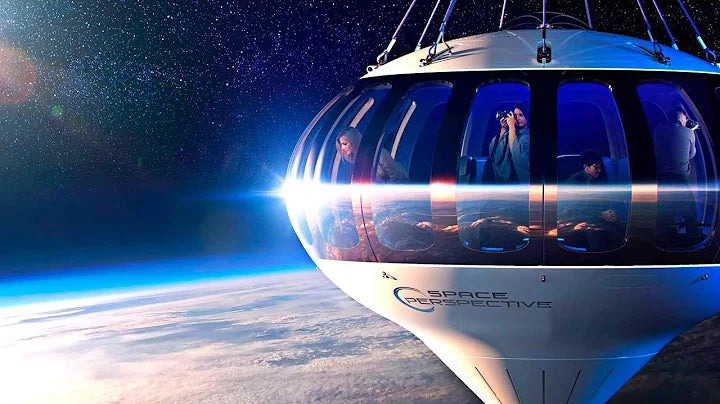We watch movies and read books about spaceships zipping across the galaxy, visiting new worlds and meeting new alien life. But the reality is that the stars are incredibly, incredibly far away. So far, in fact, that traveling to them seems almost impossible with our current technology. This has led scientists to think about some wild and mind-bending ideas, like the warp drive, a theoretical concept that could one day let us travel faster than the speed of light.
This article will take a deep dive into the biggest challenges of interstellar travel and explore some of the most fascinating ideas that could help us reach for the stars. We will look at why it’s so hard to get to the nearest star and explore the strange science that could one day make the impossible, possible.
The Biggest Challenge: The Immense Distance
The first and most important problem with interstellar travel is the massive distance. When we talk about distances in space, we use a unit called a light-year. A light-year is the distance that light travels in one year. Light is the fastest thing in the universe, traveling at a speed of about 186,000 miles per second (300,000 kilometers per second). That’s fast enough to go around the Earth more than seven times in one second.
Even at this incredible speed, the stars are very far away. The closest star to our Sun, called Proxima Centauri, is about 4.24 light-years away. To put that in perspective, if you got in your car and drove at a speed of 60 miles per hour, it would take you more than 48 million years to get there.
Even our fastest spacecraft, like the Voyager 1 probe, is only traveling at a speed of about 38,000 miles per hour. At that speed, it would take about 75,000 years just to get to Proxima Centauri. With these numbers, it’s easy to see why regular space travel to the stars is a huge problem.
The Problem with Speed: Einstein’s Cosmic Speed Limit
The main reason we can’t just build a faster spaceship is because of a rule from a famous scientist, Albert Einstein. His theory of relativity says that nothing that has mass can ever travel faster than the speed of light. The closer an object gets to the speed of light, the more energy it takes to make it go even a little bit faster. If you tried to make an object with mass go at the speed of light, it would take an infinite amount of energy, which is impossible.
This “cosmic speed limit” is a major problem for interstellar travel. It means we can’t just build a better engine to get us to the stars in a reasonable amount of time. It would take generations for a person to travel to the nearest star. This has led scientists to think about a different way to travel, one that doesn’t break Einstein’s rule but gets around it.
The Sci-Fi Solution: The Warp Drive
The idea of a warp drive has been in science fiction for a long time. It’s the idea of a ship that can travel to another star in a few days or weeks, without ever going faster than the speed of light itself. This might sound like a contradiction, but it’s not.
The idea is that a warp drive would not move the spaceship through space. Instead, it would move space itself.
Imagine you are standing on a rug, and the rug is on a smooth floor. To get across the room, you could walk across the rug. But you could also pull the rug from behind you and push it forward in front of you. You are still standing on the rug, not moving on it, but the rug is moving you across the room very fast.
A warp drive would work in a similar way. It would take the space in front of the spaceship and squeeze it, making the distance shorter. At the same time, it would expand the space behind the spaceship. This would create a “warp bubble” around the ship. The spaceship itself would be standing still inside this bubble, but the bubble of space would move across the universe at a speed that seems to be faster than light.
The Alcubierre Drive: A Real-World Theory?
This idea is not just a fantasy. In 1994, a scientist named Miguel Alcubierre created a real mathematical model for a warp drive that is based on Einstein’s equations. His idea is called the Alcubierre Drive. It is the most famous and well-known example of a warp drive.
Alcubierre’s math showed that a warp drive is possible in theory, as long as you can do one very hard thing: create and use a special kind of matter with a property called “negative energy.” This “exotic matter” would be needed to squeeze space in front of the ship and expand it behind the ship.
The idea is that since the spaceship is not actually moving through space, it is just being carried along by the space that is moving, it is not breaking Einstein’s rule. This makes the idea of a warp drive a very interesting topic for scientists to study.
The Challenges of a Warp Drive: The Big Problems
While the idea of a warp drive is exciting, there are some very big problems that we don’t know how to solve yet.
- Exotic Matter: The biggest problem is that we don’t know if exotic matter with “negative energy” even exists. We have never found any, and we don’t know how to create it or control it. Without this special kind of matter, a warp drive is not possible.
- The Energy Problem: Even if exotic matter exists, the amount of energy that would be needed to power a warp drive is a huge, almost impossible amount. It would require more energy than all the stars in our galaxy combined.
- The “Cosmic Sonic Boom”: Another problem is that the warp bubble would create a lot of radiation at the front of the ship. When the ship arrives at its destination and the bubble is turned off, this radiation would be released in a huge blast, and it would destroy anything in front of it. This would make it very hard to land safely at a new planet.
- Controlling the Bubble: We don’t know how a person inside the warp bubble would be able to steer it or control it. There is no way for a person inside the bubble to see what is outside, and there is no way for a signal to get out of the bubble.
Because of all these problems, a warp drive is still very much a theoretical idea.
Other Ideas: Wormholes and Cryosleep
Scientists have thought about other ways to travel to the stars.
- Wormholes: A wormhole is a theoretical shortcut through space and time. Imagine the universe as a flat sheet of paper. To get from one side of the paper to the other, you could travel across the paper. Or, you could fold the paper in half and poke a hole through it, making a shortcut. A wormhole would be that shortcut. But just like with a warp drive, a wormhole would require exotic matter to keep it open.
- Cryosleep: Another idea is to put astronauts in cryosleep, a kind of deep sleep where their bodies are frozen. The astronauts would be put in this sleep for the entire journey, which could last for thousands of years. They would then be woken up when the ship arrives at its destination. This is a very interesting idea, but we don’t know how to put a person in cryosleep for that long and bring them back to life.
Conclusion
The dream of interstellar travel is a powerful one, and it is a dream that pushes scientists to think about the universe in new ways. While our current technology is far too slow to get us to the stars, the ideas of a warp drive and a wormhole give us hope. They show us that with a better understanding of physics and the universe, we might one day find a way to get around Einstein’s speed limit without breaking it. The science of interstellar travel is still in its early stages, but the ambition to reach for the stars is a constant reminder that for humans, no journey is too long and no goal is too big.
